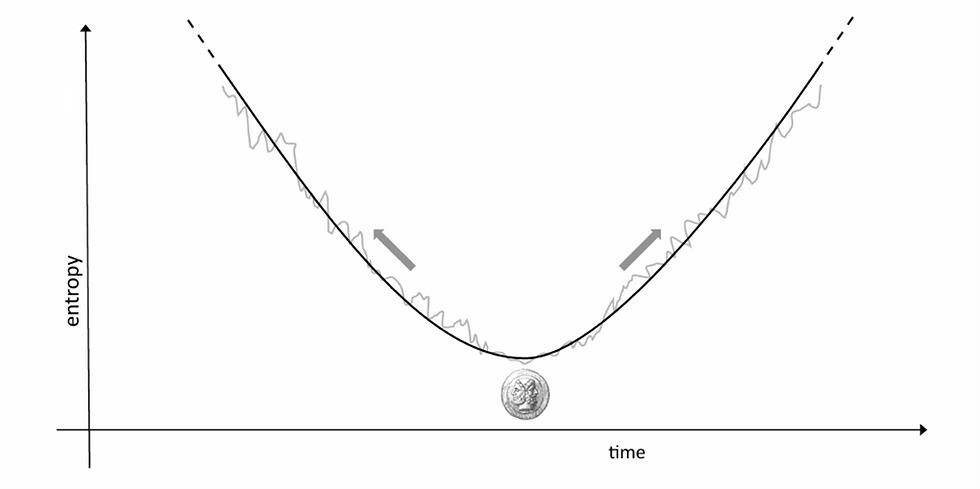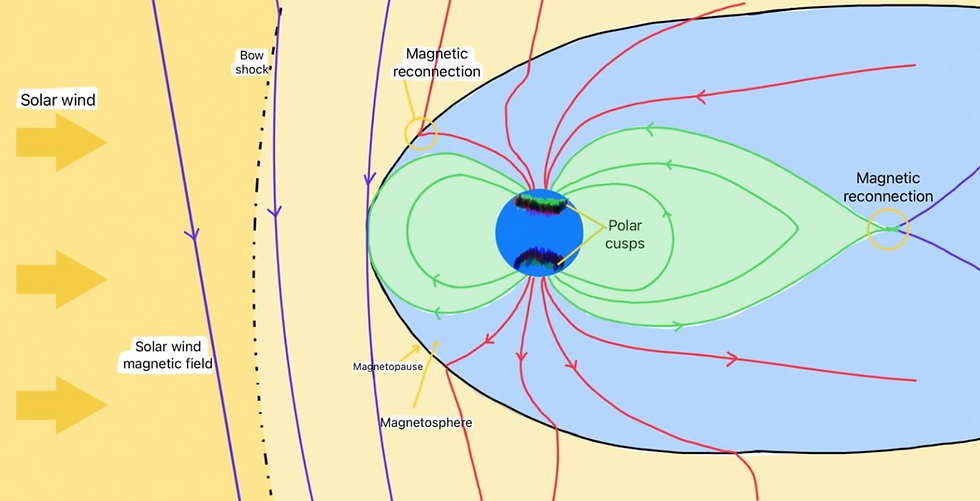Superparamagnetic Iron Oxide Nanoparticles As A Novel Therapeutic For Atherosclerosis Plaque Reduction
- JYP Admin

- Jun 28
- 3 min read
Author: Abdelrahman Mohamed Adel and Ahmed Walid

Abstract
Artery blockage, also known as atherosclerosis, is among the deadliest diseases that threatens our world. It is responsible for the death of almost 17.8 million lives annually making it the leading killer worldwide (Di Cesare et al., 2024). It is caused by the buildup of plaques due to the accumulation of a mixture of fats, cholesterol, and other substances on the inner walls of arteries, limiting blood flow due to an unhealthy diet or genetic disorders like the Familial hypercholesterolemia. Traditional treatments for Atherosclerosis involve invasive surgical procedures, such as angioplasty. Although these treatments are effective in removing the plaques blocking the arteries, they are expensive and have significant risks, including infection, damage to blood vessels, and bleeding. Our solution to this issue takes advantage of the paramagnetic properties of the iron oxide nanoparticles (IONPs) for a non-invasive and safer approach to treating artery blockages. Strong magnetic responsiveness is one of the special qualities of iron oxide nanoparticles that allow for accurate drug delivery (Hossaini Nasr & Huang, 2021). These nanoparticles will be coated with polymers like polyethylene glycol (PEG) and chitosan and loaded with enzymes like lipase that can degrading lipids like triglycerides and converting the LDL cholesterol to HDL cholesterol in the arteries. After the preparation of the treatment material, an in vivo study was performed to check the efficiency of the nanoparticles. The results of the in vivo study showed that the treatment managed to reduce 50% of the triglycerides in the bloodstream and 23% of the LDL cholesterol. These results show that using IONPS as a novel therapeutic for Atherosclerosis plaque reduction can effectively target and degrade plaques without the need for surgery, significantly improving the safety and efficiency of the treatment.
Read online
Please click here to read this article online.
Download PDF
References
Akhmedov, S. et al. (2022) Effect of chemically modified carbon- coated iron nanoparticles on the structure of human athero- sclerotic plaques ex vivo and on adipose tissue in chronic experiment in vivo, International journal of molecular sciences. https://pmc.ncbi.nlm.nih.gov/articles/PMC9331237/
Angioplasty and stent placement for the heart. (2024). Johns Hopkins Medicine. https://www.hopkinsmedicine.org/health/treat- ment-tests-and-therapies/angioplasty-and-stent-placement-for-the-heart
Coronary artery disease. (2025). HealthHub. https://www.healthhub.sg/a-z/diseases-and-conditions/coronary-artery-disease
Di Cesare, M., et al. (2024). The heart of the world. Global Heart. https://pmc.ncbi.nlm.nih.gov/articles/PMC10809869/
Hossaini Nasr, S. and Huang, X. (2021) Nanotechnology for targeted therapy of atherosclerosis, Frontiers. https://www.fron- tiersin.org/journals/pharmacology/articles/10.3389/fphar.2021.755569/full.
Líšková, S. et al. (2020) Effect of iron oxide nanoparticles on vascular function and nitric oxide production in acute stress-ex- posed rats, Physiological research. https://pmc.ncbi.nlm.nih.gov/articles/PMC8549880/
Matuszak, J. et al. (2018) Drug delivery to atherosclerotic plaques using superparamagnetic iron oxide nanoparticles, Interna- tional journal of nanomedicine. https://pmc.ncbi.nlm.nih.gov/articles/PMC6294059/
Muley, A. B., Mulchandani, K. H., & Singhal, R. S. (2020). Immobilization of enzymes on iron oxide magnetic nanoparticles: Synthesis, characterization, kinetics and thermodynamics. Methods in enzymology, 630, 39–79. https://doi.org/10.1016/bs.mie.2019.10.016
Pang, A.S.-R. et al. (2024) Nanoparticles as drug delivery systems for the targeted treatment of Atherosclerosis, MDPI. https://www.mdpi.com/1420-3049/29/12/2873
Pirahanchi, Y., Anoruo, M. D., Sharma, S. (2023). Lipoprotein Lipase. Biochemistry. StatPearls. https://www.ncbi.nlm.nih.gov/books/NBK537040/
Rousset, X., Shamburek, R., Vaisman, B., Amar, M., & Remaley, A. T. (2011). Lecithin cholesterol acyltransferase: an anti- or pro-atherogenic factor?. Current atherosclerosis reports, 13(3), 249–256. https://doi.org/10.1007/s11883-011-0171-6
Sorasitthiyanukarn, F. N., Muangnoi, C., Thaweesest, W., Ratnatilaka Na Bhuket, P., Jantaratana, P., Rojsitthisak, P., & Rojsit- thisak, P. (2020). Polyethylene Glycol-Chitosan Oligosaccharide-Coated Superparamagnetic Iron Oxide Nanoparticles: A Novel Drug Delivery System for Curcumin Diglutaric Acid. Biomolecules, 10(1), 73. https://doi.org/10.3390/biom10010073
Wang, S. et al. (2024) Advances in Atherosclerosis Theranostics Harnessing Iron Oxide-Based Nanoparticles. Wiley online li- brary. https://onlinelibrary.wiley.com/doi/full/10.1002/advs.202308298

.png)




Comments